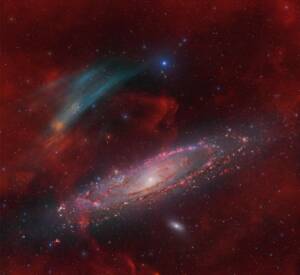
Discovery of the M31 [OIII] emission arc
Recently, a major discovery by an international team of amateur astronomers and scientists has become a huge online hit, and this new discovery is just located in one of the
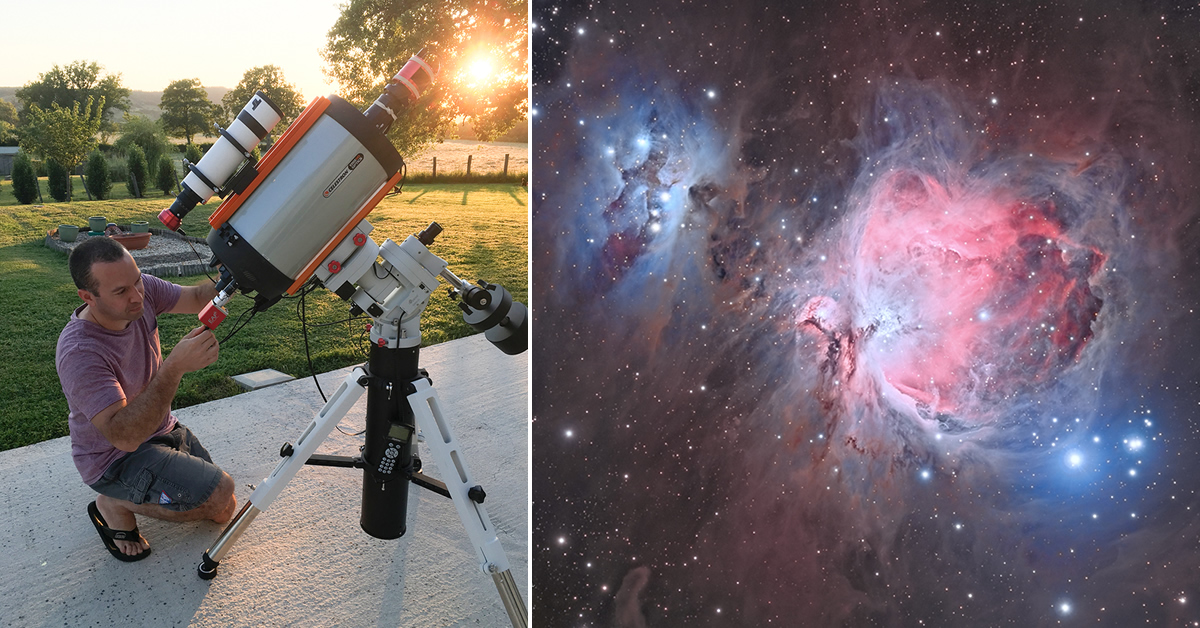
Matthieu Téquiis the winner of ZWO 2020 ASIWEEK #25 and has brought us many extraordinary astronomy photos. To make our ZWOers know this excellent astrophotographer better, we make this interview. Let’s all take a look now.
Hello,
First of all, thank you for your interest in my photo. I am honored to have been selected for this #ASIWEEK.
My name is Matthieu Téqui, I am French and I live in a small town in the south of Auxerre in the Bourgogne region. I am fortunate to live in a semi-rural area that is fairly well preserved despite the light pollution that is gaining a little more in our countryside each year. After joining an astronomy association close to my home, Ursa Major Astronomie, I quickly caught the astrophotography virus.
Even though the sky has always fascinated me, I have not gifted myself with the need to have so many things above our heads. Since I can practice from my garden, this passion quickly became addictive.
I also have other passions like sports and cinema.

What I find fascinating in astronomy and particularly in astrophotography is the fact that we are photographing the past! It’s just amazing to think that these photons which cross millions of light years so that we can now be captured by amateurs since the arrival of digital! The mix between the precision mechanics of our instruments, physics, optics, computer science and astronomy, a fully-fledged scientific discipline which constantly requires documentation in order to progress. I still learn every day and I am far from mastering everything! I really like this notion of optimizing our equipment! As the saying goes, the best instrument is the one we take out most often!

I started astrophotography in 2017 following the purchase of a CPC925 which I mounted on an equatorial table. A guidance system was essential to be able to take long exposure photos. So I bought a guide scope which I coupled with the ZWO ASI 224MC (+ ZWO IR filter) which I used to make planetary; a bomb this little camera because of its very high acquisition frequency. At first, I was using a DSLR then I quickly bought a ZWO ASI1600MM Pro in May 2018 which was perfect for my setup upgraded to Hyperstar. The only problem with this altazimuth configuration on an equatorial table was balancing! Becoming pickier and pickier on my images, this fork mount was great on certain amplitudes but less when I wanted to shoot close to the zenith (the counterweight coming up against the table). So I changed the mount for an iOptron CEM60EC and I kept the same OTA that I found on edge version! Long focal astrophotography was therefore also possible! Automating session was being felt more and more, so I opted for the ZWO EAF focuser in order to keep the Hyperstar (F/2.2) and focal reducer (F/7) versatility without having to change the material for focus.

I mainly picture from my background in my garden where the Bortle is not bad (4) and more rarely with my association in a park where the Bortle index is very good (2-3). I recently participated in a study to measure the quality of the sky in order to have the starry sky label and my SQM is around 21. Unfortunately, the massive arrival of LEDs on our street lamps goes against this label. I really like the deep sky! Difficult to give a preference between nebulae or galaxies … I am a fan of the Sharpless catalog for nebulae and Arp for galaxies. The f/2.2 configuration is a big advantage for faint targets!

For Abell39, I preferred moonless nights for the L, OIII and blue filters. To have more dynamics, I lowered the gain to 76 offset 15 for LRGB filters. I remain at unity gain for narrowband filters in general. I multiplied the number of poses for my luminance. The advantage of f/2.2 makes it possible to have signal even on short exposure times. 3 nights were required.I then selectively sort my raw data and assign a weight to the best of them before stacking my images. For treatment, the main difficulty is to fight against the background noise of the sky without reducing the IFN present. This is all the compromise to be made during the histogram rise: having a correct sky background while preserving the IFN. So I boosted the planetary nebula with my OIII layer which I also integrated into my blue layer, hence its slightly more bluish color instead of turquoise. I finish my treatment with a work on the color of the stars which is also very important on these wide field images to avoid it being dull.
First, you have to look at the composition of the target you want to shoot. If there is a Ha or OIII component then it is imperative to shoot with these filters which will allow you to fight against the PL (and have a cleaner sky background) and increase the signal on the object to be photographed. Pay attention to the moon! Difficult if not impossible to bring out faint objects under a moon is very present. And finally, respect the signal/noise ratio according to its sky and its instrument. If you can move around in a dark area to image, then it’s even better! Those who have a Bortle 2-3 will obviously benefit.

My favorite region is in the constellation of Cepheus and extends to the swan’s constellation. Impossible to shoot without falling on a nebula! There are also a lot of Sharpless nebulae that I particularly like but not one in particular. I really like the OIII-dominant nebulae.

At the risk of falling into cliche, I would say that it obviously takes a lot of patience! You also need to know your equipment and follow the steps scrupulously. There is not one link in the chain that we can overlook:
Good acquisition-> preprocessing while respecting the good calibration of the images-> processing. Once the image has been processed, it is important not to post it immediately but to wait until the next day. We often notice certain faults. Then, I submit my image to a small group of seasoned amateur astrophotographers for their objective reviews. And only after publication comes.
This is a debate that we talk about a lot between amateur astrophotographers especially since the arrival of Starlink/SpaceX and others. But in my opinion, the answer is yes. The world of astrophotography has taken an incredible step since the advent of digital. It will therefore be necessary to adapt either by practicing with a longer focal length, or with faster optics (short F/D). But whatever happens, the cameras will have to be more and more sensitive to photons with a very good QE. The arrival of CMOS sensors has already shaken up the CCD. It’s just a matter of accommodation. But I recognize that not all disciplines of astrophotography will be impacted in the same way. Very wide field night photography will be more impacted in the future in my opinion.

I mainly buy on online merchant sites or through second-hand forums. For my cameras, I bought everything directly from the ZWO site or through their main reseller. I currently own the ASI1600MM Pro, the ASI224MC for planetary or guide, the ZWO ASI120MM Mini when I guide to the DO and the EAF focuser.
They fulfill their function perfectly and I am fully satisfied with them. My sampling at F/7 is a bit complicated for the ASI1600MM Pro which I use as the main camera. I think about a camera with larger pixels but still in mono to promote resolution and sensitivity while having a large field. I look carefully at the setup photos similar to mine since the arrival of your new range …

I perform pretreatment is carried out in 6 steps:
Phase1: “light” sorting of my images
Phase 2: calibration of my images with DOF
Phase 3: cosmetic correction
Phase 4: selection according to certain criteria and weighting of my images
Phase5: alignment
Phase 6: stacking with drizzle if necessary
For the processing: it depends a lot on the composition of the image because I can’t have automatic processing in my opinion. But for the main lines, I work the image as much as possible linearly so as not to lose any detail with the removal of noise, deconvolution, the reduction in the size of the stars, mixing,… Once in nonlinear, we come to adjust contrast, balance, curves. I have created with other astrofriends a small youtube channel or I explain my procedure. But no treatment can be similar.

Very difficult question. All it depends on the composition of what you are photographing. If you shoot a galaxy or a cluster, then you have to respect the balance of the different layers so as not to distort the colors. That’s what I’m trying to do in LRGB. Many steps during the treatment thanks to specific astro software allow to calibrate these colors as well as possible. For the treatment of nebulae in narrowband SHO, then it’s different. The Hubble palette was developed by NASA in order to best differentiate the different gases present in nebulae. It is therefore false color by definition and the artistic side can then be expressed more. It’s the same thing for HOO images even if they are generally more faithful.

I keep on my HDD all my old images, the pre-treatment and treatment techniques evolving constantly. It also allows me to add poses to old images. Sorting and quality can therefore be more selective. Another advantage is the sharing of our images with other amateur astrophotographers in order to have the best possible rendering. This is what we do with the aforementioned small group of astrophotographers in order to share our raw data and help each other with the processing of our images.

The original purchase of the ASI224MC was to take pictures of the planets. Unfortunately, they are at low altitude in France. An atmospheric dispersion corrector is therefore mandatory in order to produce good planetary images. However, I have some shots. Regarding comets, I only have one to my credit made with the ASI1600MM Pro: it is 46P / Wirtanen taken in December 2018.

Already, a big thank you for your products which allowed a lot of astrophotographers like me to equip myself with quality material. I hope that you will continue to release new products by incorporating ever more sensitive sensors. Community ideas are not lacking. The dream: cameras with a very high QE, little reading noise, with the possibility of native binning, a large sensor size, built-in tilt correction, a generous buffer, no amp glow, anti-reflection treatment of optical surfaces… and all this while keeping a contained price. In short, big specifications! J We can imagine in the future cameras with integrated corrector! Why not! Your range has been expanded with the arrival of new large-format sensors that work wonders. Thank you for your products and look forward to seeing your future cameras in action.

Recently, a major discovery by an international team of amateur astronomers and scientists has become a huge online hit, and this new discovery is just located in one of the
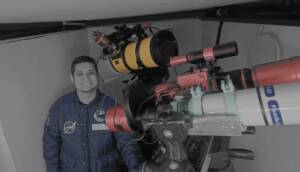
I was born in Guadalajara, I’m 38 years old, a musician, communications and electronics engineer, and president of the Guadalajara Astronomical Society A.C. since 2020. First Contact with Astronomy Since
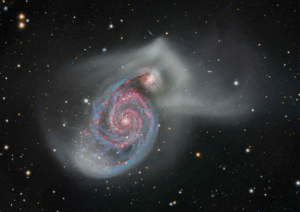
This stunning collaborative project comes from astrophotographers Alex Linde and Thomas Hansson, who joined forces across borders to photograph the Whirlpool Galaxy from Sweden, Poland, and Texas, USA. Thomas traveled across
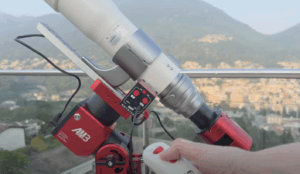
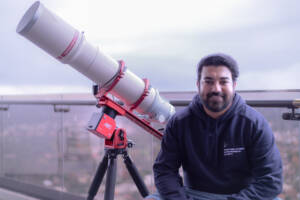
“Two thoughts immediately crossed my mind—the vastness of the cosmos, and that I could also create images like the ones that inspired me.” ” If you spend more time debugging than
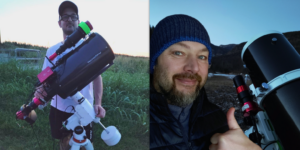
Starting the Journey For Giovanni Pasquetto, the passion for the cosmos began in 2007 when he bought his first telescope—a small Newtonian—for his son. That initial curiosity sparked a love